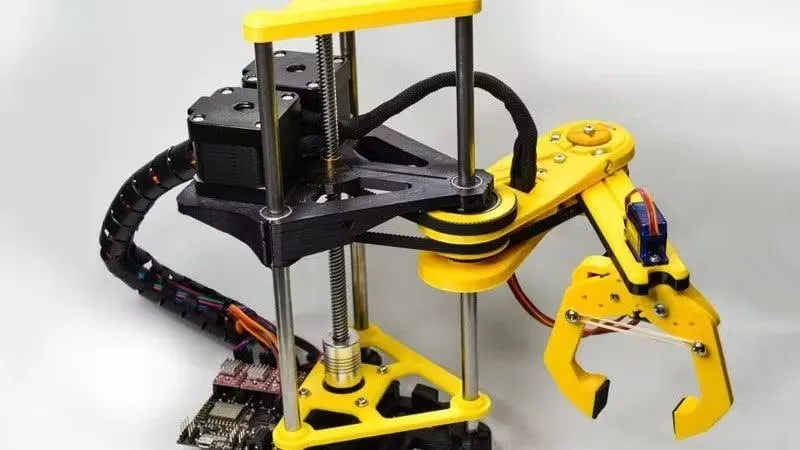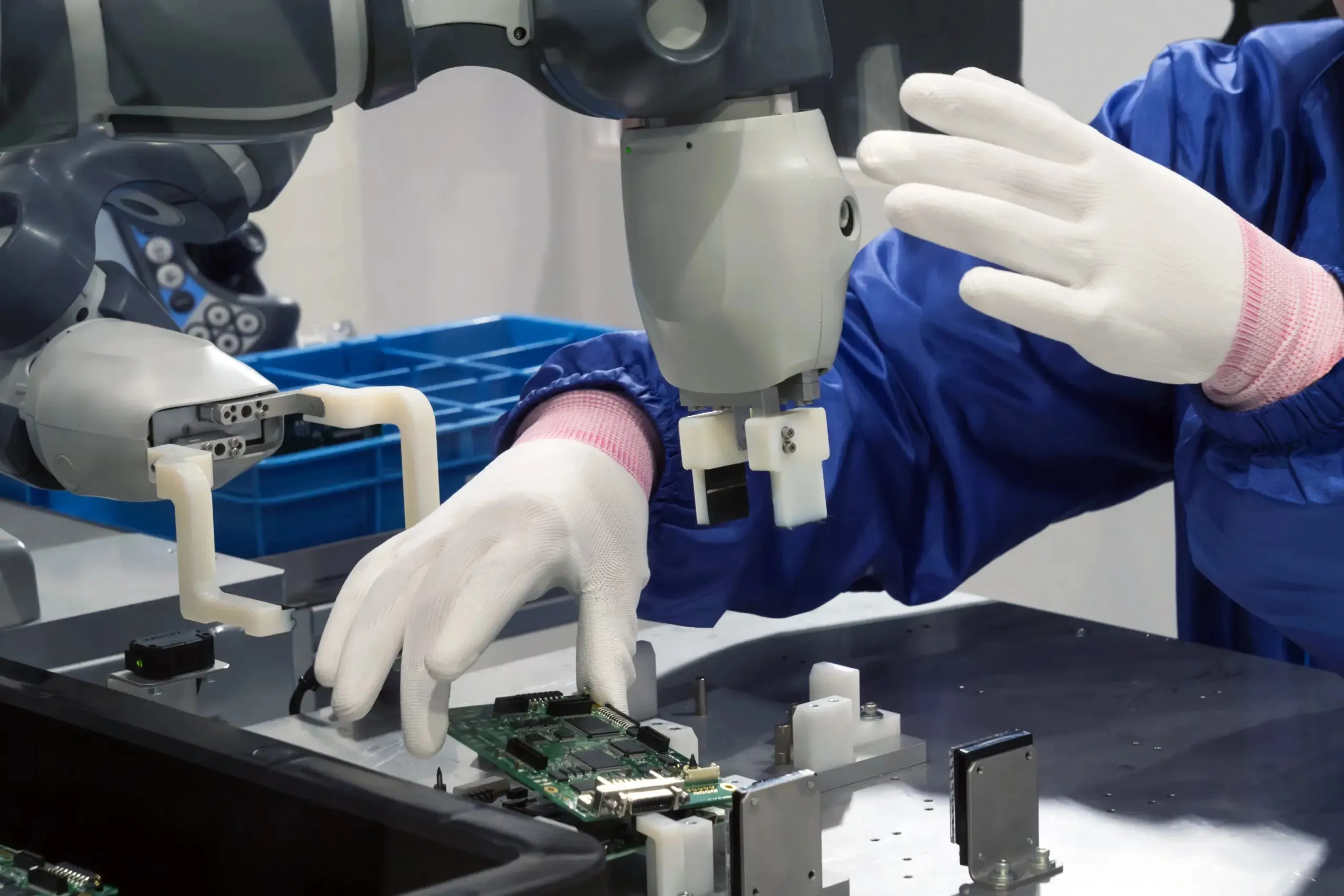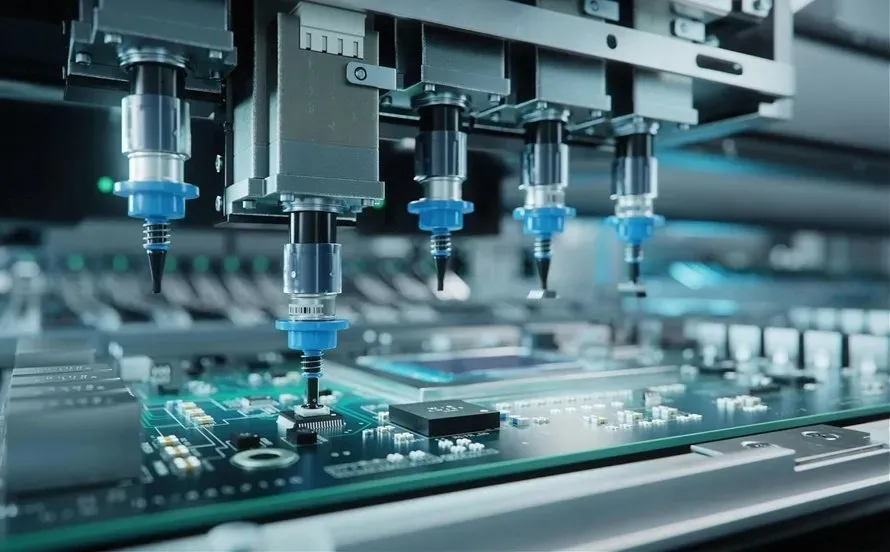
Advancements in Automation: How Electronics Assembly Robots are Evolving
The electronics manufacturing industry is undergoing a profound transformation, driven by the relentless evolution of automation technologies. At the heart of this change are electronics assembly robots, which have progressed from simple, repetitive machines to sophisticated, intelligent systems capable of unprecedented levels of precision, flexibility, and collaboration. This evolution is not merely about replacing human labor; it's about augmenting human capabilities, enhancing quality, and enabling the production of increasingly complex and miniaturized electronic devices that define our modern world.
From Rigid Automation to Adaptive Flexibility
Historically, assembly lines were dominated by rigid, single-purpose automation. These systems were highly efficient for mass-producing a single product but were notoriously inflexible. Any change in product design required extensive, costly, and time-consuming reprogramming and retooling, making them unsuitable for the fast-paced electronics industry where product lifecycles are short and customization is key.
The first major evolutionary leap was the advent of more flexible robotic arms, often using SCARA (Selective Compliance Articulated Robot Arm) or 6-axis articulated designs. These robots could be reprogrammed for different tasks, but they still largely operated in isolated, caged-off workcells for safety reasons. The real breakthrough came with the integration of advanced machine vision and sensor systems.
The Role of Advanced Vision and Sensing
Modern assembly robots are equipped with high-resolution 2D and 3D vision systems that act as their "eyes." These systems allow robots to:
- Identify and locate components randomly placed in bins (bin picking).
- Precisely align parts with sub-micron accuracy.
- Perform real-time quality inspections, such as checking solder paste quality or component placement.
 This capability to see and adapt in real-time is fundamental to handling the variability inherent in electronics assembly, such as slight board warping or tolerances in component feeders.
This capability to see and adapt in real-time is fundamental to handling the variability inherent in electronics assembly, such as slight board warping or tolerances in component feeders.
The Rise of Collaborative Robotics (Cobots)
Perhaps the most significant trend in recent years is the proliferation of collaborative robots, or cobots. Unlike their traditional counterparts, cobots are designed to work safely alongside human operators without the need for bulky safety cages. They are equipped with force-limiting technology and tactile sensors that allow them to stop immediately upon unexpected contact.
In electronics assembly, cobots are perfectly suited for tasks that require a blend of human dexterity and robotic endurance. For example, a human worker might perform complex cable routing or final assembly, while a cobot handles the repetitive, high-precision task of applying thermal paste or screwing down components. This human-robot collaboration optimizes the production line, combining the flexibility and problem-solving skills of humans with the consistency and precision of robots.

Artificial Intelligence and Machine Learning Integration
The next frontier in the evolution of assembly robots is the deep integration of Artificial Intelligence (AI) and Machine Learning (ML). AI transforms robots from programmed automatons into learning systems that can optimize their own performance.
- Predictive Maintenance: AI algorithms analyze data from robot sensors to predict component failures before they happen, minimizing unplanned downtime.
- Process Optimization: ML models can analyze vast amounts of production data to find the most efficient paths and movements, reducing cycle times.
- Adaptive Control: Robots can learn to compensate for wear and tear on their own tools or adapt their force and speed for delicate components, improving yield rates.
This shift towards cognitive automation means that robots are becoming easier to program (often through intuitive "lead-by-the-nose" demonstration) and more capable of handling complex, unstructured tasks.
Key Technological Comparisons Across Robot Generations
The following table highlights the core differences between the generations of electronics assembly robots, illustrating the trajectory of their evolution.
| Feature | First Generation (Rigid Automation) | Second Generation (Flexible Robotics) | Third Generation (AI-Driven Cobots) |
|---|---|---|---|
| Primary Driver | Speed and Volume for Mass Production | Flexibility for High-Mix Production | Intelligence, Adaptability, and Collaboration |
| Key Technology | Fixed Programming, Dedicated Hardware | Servo Motors, Basic Controllers, Early Vision | AI/ML, Advanced 3D Vision, Force Sensors |
| Human Interaction | Fully Separated (Caged) | Mostly Separated | Direct Collaboration (Shared Workspace) |
| Setup/Changeover Time | Days or Weeks | Hours | Minutes (Demo-based Programming) |
| Ideal Use Case | Long runs of a single product (e.g., a specific circuit board) | Batch production of multiple product variants | High-mix, low-volume assembly, R&D, and complex manual task augmentation |
Impact on the Electronics Manufacturing Landscape
The evolution of assembly robots is reshaping the industry in several critical ways:
Enabling Miniaturization and Complexity
As devices like smartphones and medical implants become smaller and more complex, the required precision exceeds human capabilities. Robots capable of placing 01005 (0.4mm x 0.2mm) components or finer are essential for manufacturing these advanced products.
Reshoring and Supply Chain Resilience
Highly automated, flexible factories reduce the labor cost advantage of offshore manufacturing. This is encouraging companies to "reshore" production closer to their end markets, creating more resilient supply chains less vulnerable to global disruptions.
Democratizing Manufacturing
The lower cost and ease of use of collaborative robots make advanced automation accessible to small and medium-sized enterprises (SMEs). This allows smaller manufacturers to compete on quality and customization rather than just price.

Future Directions: The Road Ahead
The evolution is far from over. Future advancements are likely to focus on:
- Hyper-Automation: The seamless integration of robots with other enterprise systems (ERP, MES) for end-to-end automated decision-making.
- Advanced Mobility: Mobile robots (AMRs) that can transport materials and tools between assembly stations, creating dynamic, reconfigurable production lines.
- Enhanced Tactile Sensing: Giving robots a more nuanced "sense of touch" to handle fragile and irregularly shaped components with even greater care.
In conclusion, electronics assembly robots have evolved from dumb, rigid machines into intelligent, flexible partners. Driven by advancements in vision, AI, and collaborative technology, they are fundamental to meeting the demands of modern electronics manufacturing. This journey of evolution continues, promising even greater levels of efficiency, quality, and innovation in the years to come.
